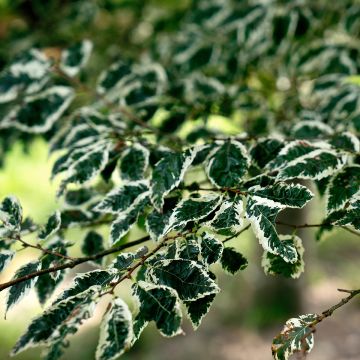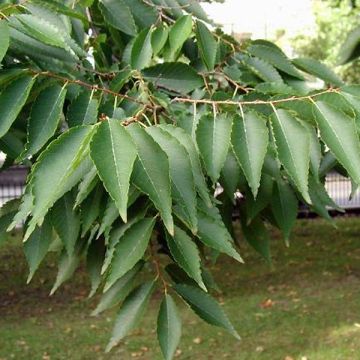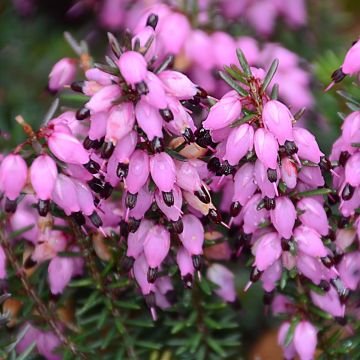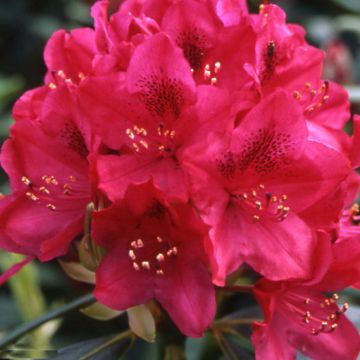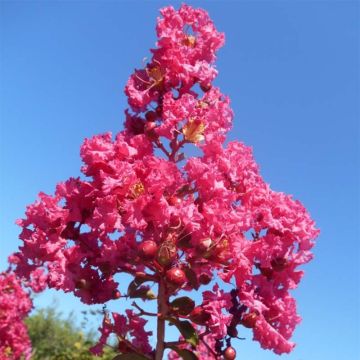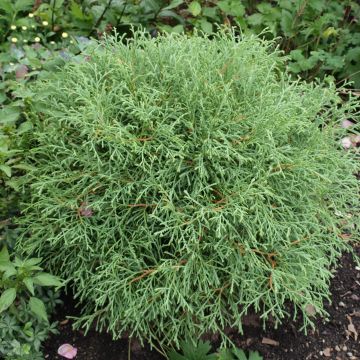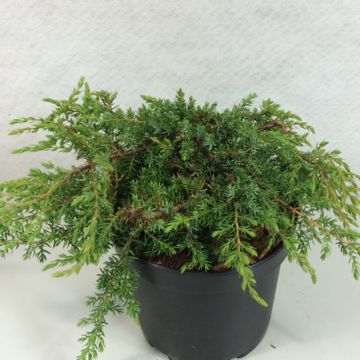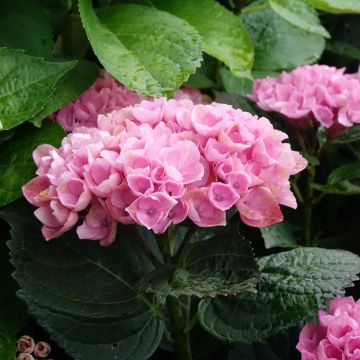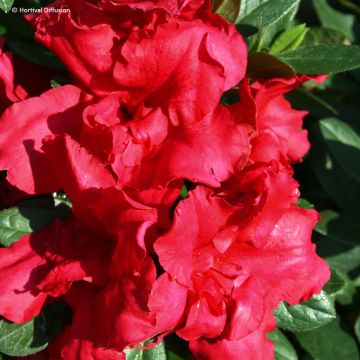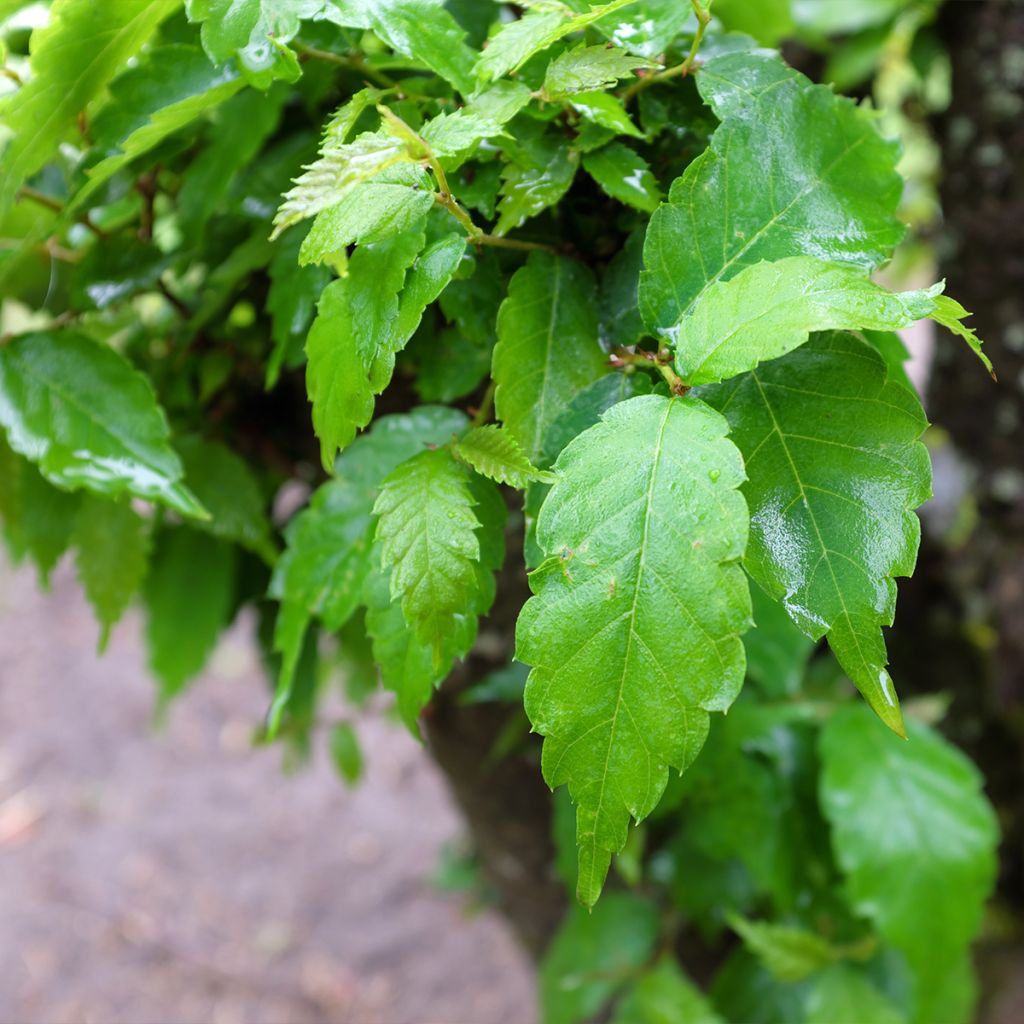

Zelkova serrata Goblin
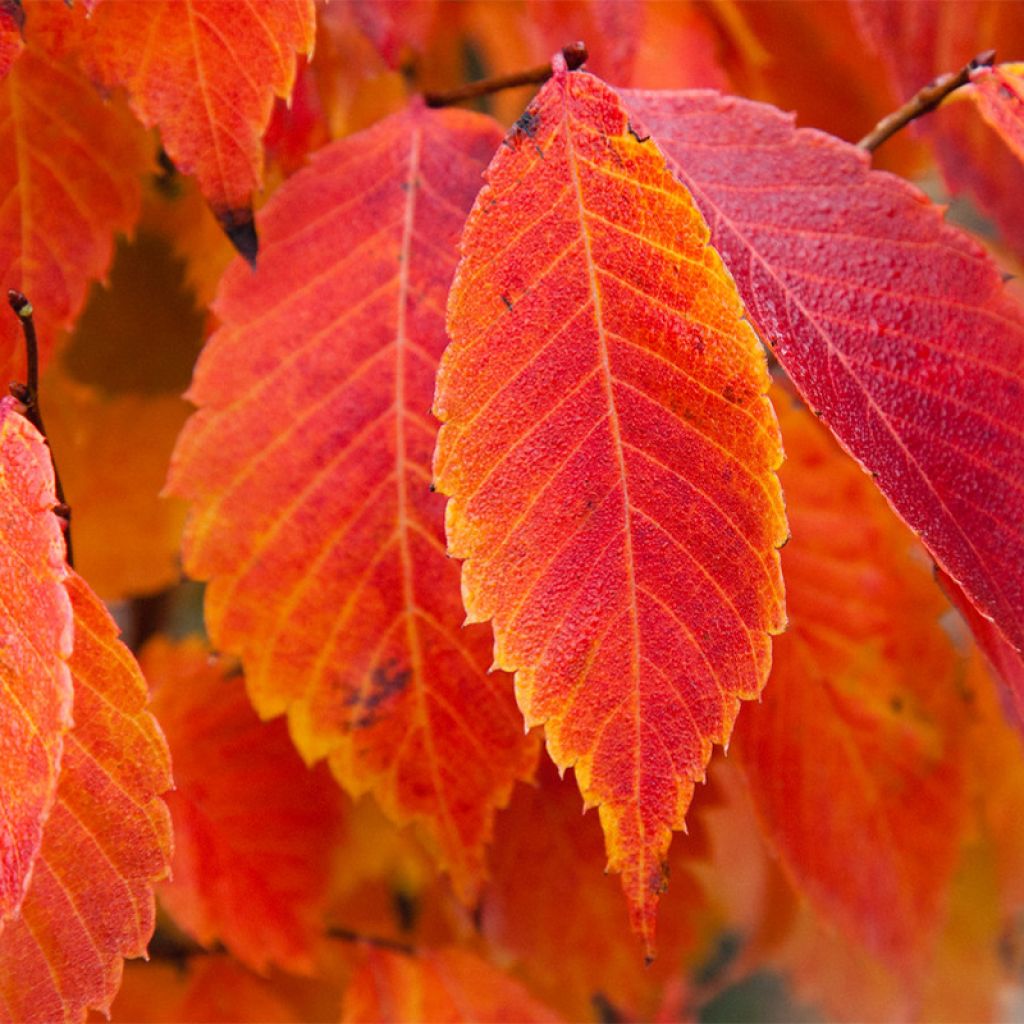

Zelkova serrata Goblin


Zelkova serrata Goblin
Zelkova serrata Goblin
Zelkova serrata Goblin
Japanese Zelkova, Siberian Elm, Saw-leaf Zelkova
Special offer!
Receive a €20 voucher for any order over €90 (excluding delivery costs, credit notes, and plastic-free options)!
1- Add your favorite plants to your cart.
2- Once you have reached €90, confirm your order (you can even choose the delivery date!).
3- As soon as your order is shipped, you will receive an email containing your voucher code, valid for 3 months (90 days).
Your voucher is unique and can only be used once, for any order with a minimum value of €20, excluding delivery costs.
Can be combined with other current offers, non-divisible and non-refundable.
Why not try an alternative variety in stock?
View all →This plant carries a 24 months recovery warranty
More information
We guarantee the quality of our plants for a full growing cycle, and will replace at our expense any plant that fails to recover under normal climatic and planting conditions.
Would this plant suit my garden?
Set up your Plantfit profile →
Description
The Zelkova serrata Goblin is a variety of small Siberian elm, which spontaneously forms a ball of foliage beautifully coloured in autumn on a short trunk. This deciduous shrub is recognised by its short and stocky trunk, covered with a beautiful mottled ocher bark, and topped with a proud, broad, rounded and dense crown, even without pruning. You can place it in isolation in a small garden or a large pot on the terrace. This variety is often grown as a bonsai.
Native to northern and eastern Asia (Japan, Korea, Taiwan), the Zelkova serrata belongs to the botanical family Ulmaceae. This majestic tree, with relatively slow growth, reaches a height of 18 to 20 m (59 to 66ft) and a width of approximately 13-15 m (43-49ft) in nature. It is a very cold-resistant species that prefers slightly acidic, well-drained soils and tolerates water shortage once established.
The Goblin cultivar is distinguished by its very reduced development at maturity, reaching about 1.20 m (4ft) in height and 90 cm (35in) to 1 m (3ft) in width. It develops a short and stocky trunk from which spread the main branches, giving rise to finer branches. They form the structure of its wide, regular, rounded and dense crown. The young branches are green and downy, becoming later glabrous and reddish-brown. The young bark of this tree is smooth, grey-brown and speckled with pink-red to orange. With age, it peels off in small plates, revealing a new and vibrant ochre-coloured 'skin'. The young spring shoots are purple. The deciduous leaves are more dissected than those of the elm: oblong to elliptical, 7 cm (3in) long, tapering to a point, adorned with very regular teeth, they are light green, rough on the upper surface and glossy on the underside. In autumn, they turn reddish-bronze and orange-yellow before falling. Discrete green flowering occurs simultaneously, or after leaf emergence, in April-May. The female flowers, green in colour, are separate from the male flowers, yellow in colour, but borne on the same plant. The latter will produce small kidney-shaped stone fruits, 0.3 cm (1in) in diameter, without wings, turning from green to brown when ripe.
The Zelkova serrata Goblin is suitable for small spaces. A small tree with an original design, it can be placed in isolation in a small garden or the centre of a bed, surrounded by perennials and low shrubs (heucheras, hostas, Japanese grass, for example). With its beautiful bark and autumn foliage, Zelkova makes a beautiful bonsai.
Report an error about the product description
Zelkova serrata Goblin in pictures
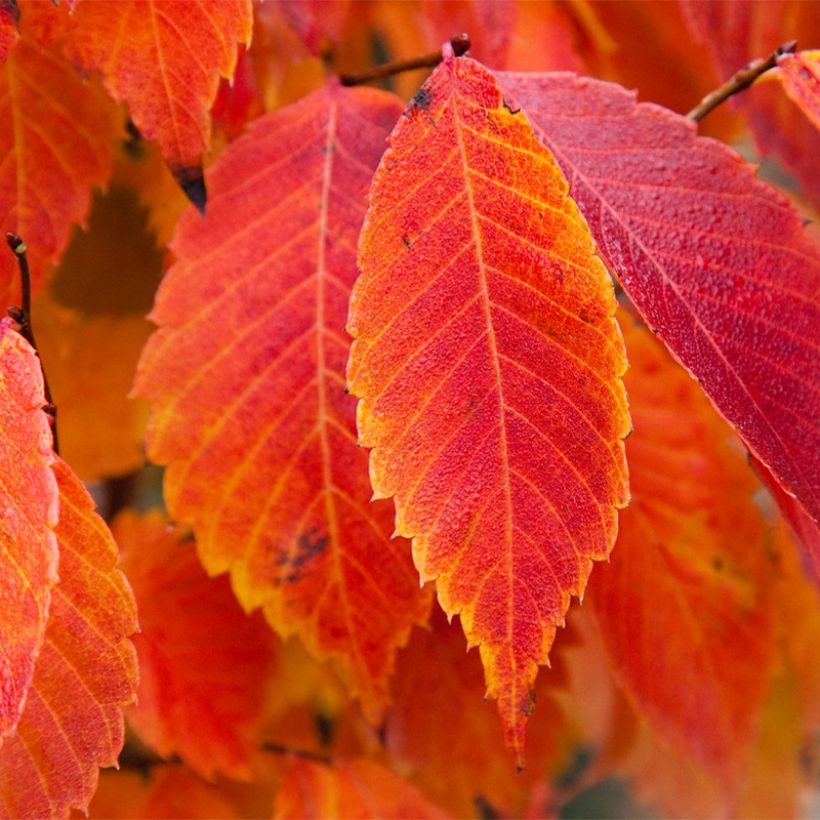

Plant habit
Flowering
Foliage
Botanical data
Zelkova
serrata
Goblin
Ulmaceae
Japanese Zelkova, Siberian Elm, Saw-leaf Zelkova
Cultivar or hybrid
Other Zelkova
View all →Planting and care
The Goblin Zelkova serrata is best planted in autumn in deep, fertile, slightly acidic soil that is not too dry or chalky. It can tolerate dry periods if they are not too long due to its deep root system. Choose a location that is sunny or semi-shaded and clear from obstructions—water and mulch during the first summers to help it establish. If necessary, prune in winter to balance its branches. This plant is immune to Dutch elm disease and not very susceptible to pests. It's a relative of the elm and is easy to care for.
Planting period
Intended location
Care
Planting & care advice
This item has not been reviewed yet - be the first to leave a review about it.
Similar products
Haven't found what you were looking for?
Hardiness is the lowest winter temperature a plant can endure without suffering serious damage or even dying. However, hardiness is affected by location (a sheltered area, such as a patio), protection (winter cover) and soil type (hardiness is improved by well-drained soil).

Photo Sharing Terms & Conditions
In order to encourage gardeners to interact and share their experiences, Promesse de fleurs offers various media enabling content to be uploaded onto its Site - in particular via the ‘Photo sharing’ module.
The User agrees to refrain from:
- Posting any content that is illegal, prejudicial, insulting, racist, inciteful to hatred, revisionist, contrary to public decency, that infringes on privacy or on the privacy rights of third parties, in particular the publicity rights of persons and goods, intellectual property rights, or the right to privacy.
- Submitting content on behalf of a third party;
- Impersonate the identity of a third party and/or publish any personal information about a third party;
In general, the User undertakes to refrain from any unethical behaviour.
All Content (in particular text, comments, files, images, photos, videos, creative works, etc.), which may be subject to property or intellectual property rights, image or other private rights, shall remain the property of the User, subject to the limited rights granted by the terms of the licence granted by Promesse de fleurs as stated below. Users are at liberty to publish or not to publish such Content on the Site, notably via the ‘Photo Sharing’ facility, and accept that this Content shall be made public and freely accessible, notably on the Internet.
Users further acknowledge, undertake to have ,and guarantee that they hold all necessary rights and permissions to publish such material on the Site, in particular with regard to the legislation in force pertaining to any privacy, property, intellectual property, image, or contractual rights, or rights of any other nature. By publishing such Content on the Site, Users acknowledge accepting full liability as publishers of the Content within the meaning of the law, and grant Promesse de fleurs, free of charge, an inclusive, worldwide licence for the said Content for the entire duration of its publication, including all reproduction, representation, up/downloading, displaying, performing, transmission, and storage rights.
Users also grant permission for their name to be linked to the Content and accept that this link may not always be made available.
By engaging in posting material, Users consent to their Content becoming automatically accessible on the Internet, in particular on other sites and/or blogs and/or web pages of the Promesse de fleurs site, including in particular social pages and the Promesse de fleurs catalogue.
Users may secure the removal of entrusted content free of charge by issuing a simple request via our contact form.
The flowering period indicated on our website applies to countries and regions located in USDA zone 8 (France, the United Kingdom, Ireland, the Netherlands, etc.)
It will vary according to where you live:
- In zones 9 to 10 (Italy, Spain, Greece, etc.), flowering will occur about 2 to 4 weeks earlier.
- In zones 6 to 7 (Germany, Poland, Slovenia, and lower mountainous regions), flowering will be delayed by 2 to 3 weeks.
- In zone 5 (Central Europe, Scandinavia), blooming will be delayed by 3 to 5 weeks.
In temperate climates, pruning of spring-flowering shrubs (forsythia, spireas, etc.) should be done just after flowering.
Pruning of summer-flowering shrubs (Indian Lilac, Perovskia, etc.) can be done in winter or spring.
In cold regions as well as with frost-sensitive plants, avoid pruning too early when severe frosts may still occur.
The planting period indicated on our website applies to countries and regions located in USDA zone 8 (France, United Kingdom, Ireland, Netherlands).
It will vary according to where you live:
- In Mediterranean zones (Marseille, Madrid, Milan, etc.), autumn and winter are the best planting periods.
- In continental zones (Strasbourg, Munich, Vienna, etc.), delay planting by 2 to 3 weeks in spring and bring it forward by 2 to 4 weeks in autumn.
- In mountainous regions (the Alps, Pyrenees, Carpathians, etc.), it is best to plant in late spring (May-June) or late summer (August-September).
The harvesting period indicated on our website applies to countries and regions in USDA zone 8 (France, England, Ireland, the Netherlands).
In colder areas (Scandinavia, Poland, Austria...) fruit and vegetable harvests are likely to be delayed by 3-4 weeks.
In warmer areas (Italy, Spain, Greece, etc.), harvesting will probably take place earlier, depending on weather conditions.
The sowing periods indicated on our website apply to countries and regions within USDA Zone 8 (France, UK, Ireland, Netherlands).
In colder areas (Scandinavia, Poland, Austria...), delay any outdoor sowing by 3-4 weeks, or sow under glass.
In warmer climes (Italy, Spain, Greece, etc.), bring outdoor sowing forward by a few weeks.






























